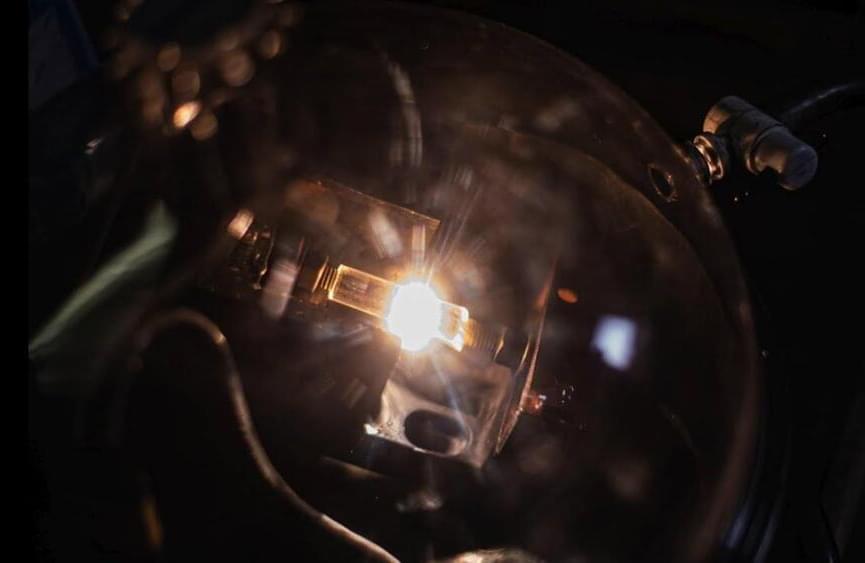HOUSTON — (Jan. 27 2020) — That banana peel, turned into graphene, can help facilitate a massive reduction of the environmental impact of concrete and other building materials. While you’re at it, toss in those plastic empties. A new process introduced by the Rice University lab of chemist James Tour can turn bulk quantities of just about any carbon source into valuable graphene flakes. The process is quick and cheap; Tour said the “flash graphene” technique can convert a ton of coal, food waste or plastic into graphene for a fraction of the cost used by other bulk graphene-producing methods. “This is a big deal,” Tour said. “The world throws out 30% to 40% of all food, because it goes bad, and plastic waste is of worldwide concern. We’ve already proven that any solid carbon-based matter, including mixed plastic waste and rubber tires, can be turned into graphene.” As reported in Nature, flash graphene is made in 10 milliseconds by heating carbon-containing materials to 3,000 Kelvin (about 5,000 degrees Fahrenheit). The source material can be nearly anything with carbon content. Food waste, plastic waste, petroleum coke, coal, wood clippings and biochar are prime candidates, Tour said. “With the present commercial price of graphene being $67,000 to $200,000 per ton, the prospects for this process look superb,” he said.
Scientists at Rice University are using high-energy pulses of electricity to turn any source of carbon into turbostratic graphene in an instant. The process promises environmental benefits by turning waste into valuable graphene that can then strengthen concrete and other composite materials.









Comments are closed.